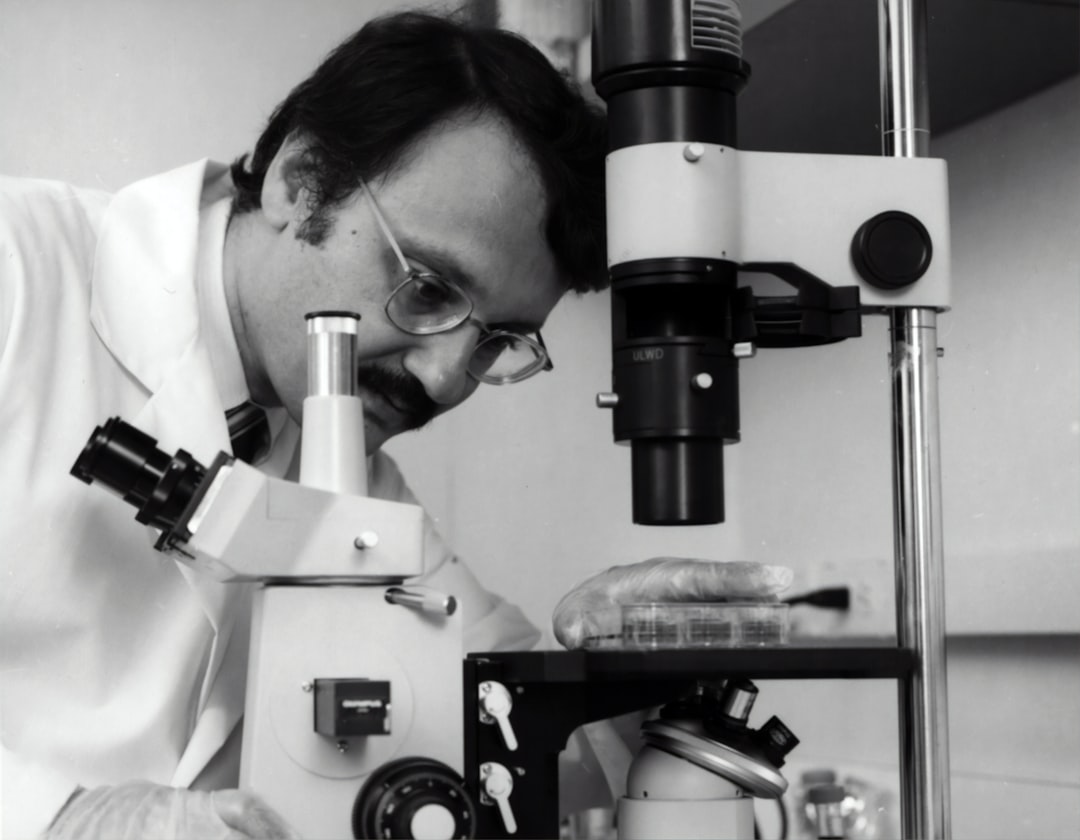What is it about?
The main objective of this work is the development of a new system based on a biocompatible polymer with organic-inorganic structure capable of vectoring support for biologic active agents (l-asparaginase, e.g.). Characterization of size and morphology of the hydrogel-magnetic nanoparticles with entrapped l-asparaginase was made using Dynamic Light Scattering method, Transmission Electron Microscopy and Confocal Microscopy. The structure of magnetic nanoparticles coated with hydrogel was characterized by Fourier Transformed Infrared Spectroscopy. The cytotoxicity of nanoparticles was evaluated and also the interactions with microorganisms. We obtained hydrogel-magnetic nanoparticles with l-asparaginase entrapped, with sizes below 30 nm in dried stage, capable to penetrate the cells and tissues.
Featured Image
Why is it important?
The association of magnetic nanoparticles, which could be controlled by a magnetic field and have dimensions which facilitate their penetration in cells/tissues, with hydrogel type biopolymeric shells confer them compatibility and the capacity to retain and deliver bioactive substances.
Read the Original
This page is a summary of: Hydrogel-magnetic nanoparticles with immobilized l-asparaginase for biomedical applications, Journal of Materials Science Materials in Medicine, January 2009, Springer Science + Business Media,
DOI: 10.1007/s10856-008-3684-y.
You can read the full text:
Contributors
The following have contributed to this page










